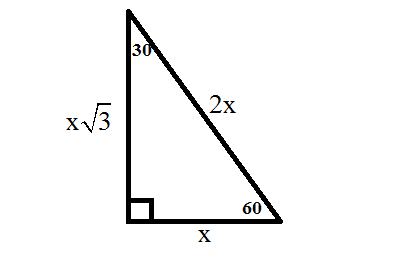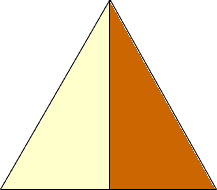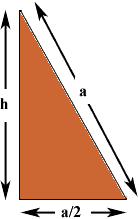How do you find the area of an equilateral triangle without the height?
2 Answers
To find the area of an equilateral triangle, you need to calculate the length of half the side length and substitute it into the Pythagorean theorem to find the height. You could also substitute it into
Explanation:
Assuming that you want to find the area of an equilateral triangle using the formula for a triangle, but without finding or using the height is impossible. To find the area you must know the length of the height.
However, assuming that you are given the side length and are looking for the height, it is possible to find the area.
In an equilateral triangle, since all
The length of the base we have just found can be substituted into the Pythagorean theorem to solve for the height:
where:
a = height
b = base
c = hypotenuse
Instead of using the Pythagorean theorem, you could also use

Once you have found the height, substitute the values for base and height into the following formula to solve for the area:
Let us consider the equilateral triangle in the figure below

Each side is equal to a. Now in order to find the area of the triangle we need to calculate its height.
From the figure below we see that

using the Pythagoras theorem we have that
So the area of the equilateral triangle is


